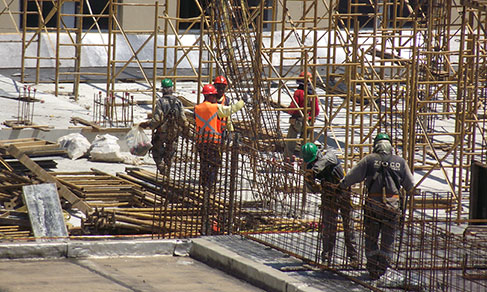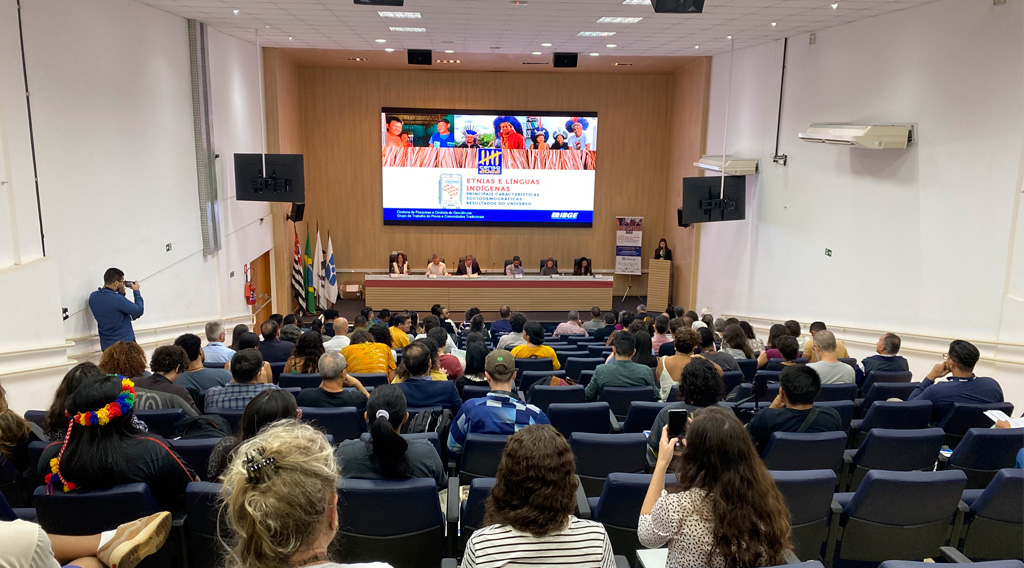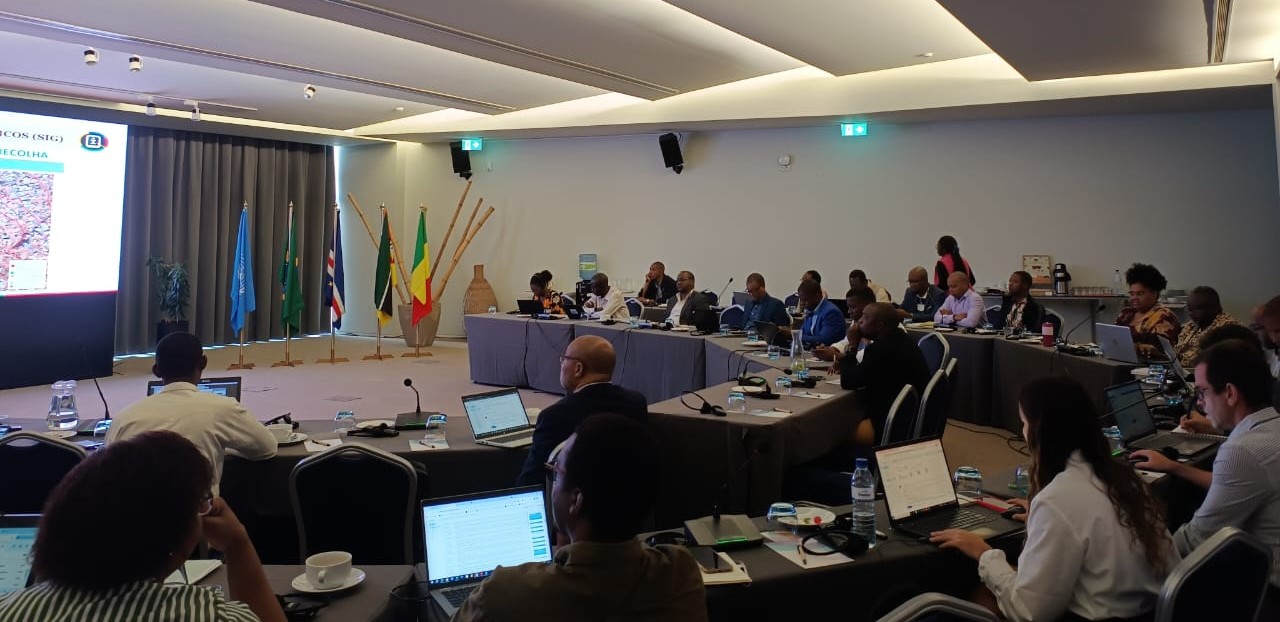REGIONALPIMPF
Industrial output retreats in 6 of 15 places surveyed in November
January 13, 2023 09h00 AM | Last Updated: January 13, 2023 04h18 PM

Between October and November, the industrial output retreated in six out of 15 places surveyed by the Monthly Survey of Industry (Regional PIM). In the overall result, the Brazilian industry changed -0.1% in the same period. The biggest drops were registered in Pará (-5.2%) and Pernambuco (-2.0%). The data were released today (13) by the IBGE.
The steepest drop recorded in Pará offset the advance of 5.0% registered in the previous month. “The mining sector was the one that mostly influenced on this retreat. The industry in Pará has little diversity and concentrates in the mining and quarrying sector. As a result, it causes very significant changes in this industry,” explains Bernardo Almeida, an analyst of the survey.
Responsible for the second major negative influence, with a drop of 0.9%, Rio de Janeiro also had its mining sector exerting one of the biggest negative impacts, besides the sector of petroleum products. “In October, the industry in Rio de Janeiro grew 0.9%, i.e., the November´s rate offset this positive figure as well. In the case of Rio Grande do Sul, which fell 1.3%, the major influence came from the sectors of fabricated metal products and other chemicals,” complements Almeida.
Pernambuco dropped 2.0%, its second negative rate in a row. In this period of negative figures, that state recorded a cumulative loss of 8.2%. “The sectors of food and basic metals were the major factors that affected the industry in Pernambuco,” highlights Almeida. He also reminds that the retreat of 1.3% in the Northeast Region, the second in a row, produced a cumulative loss of 6.7%, with the mining sector exerting the major negative influence together with the food sector.
On the rising side, Paraná and Espírito Santo stood out with increases of 8.5% and 7.6% in the industrial output, respectively. The former reported the highest change and the second biggest influence on the national result, due to the good performance of the sector of petroleum products. This rise in the industrial output happens after five months of negative figures, when it obtained a cumulative loss of 16.3%. Espírito Santo, which ranked in the second position in terms of change and in the fourth position in terms of influence, also suffered five negative results, with a cumulative loss of 20.6%. The mining sector was the major responsible for the figures of the industry in Espírito Santo.
With the largest industrial concentration in Brazil, São Paulo had the biggest influence on the national result (3.1%, the sixth highest change). It is the second consecutive positive rate of that state, reaching a cumulative gain of 3.8% in these two months. In addition, it is the highest index obtained by São Paulo since March 2022, when it registered 5.0%. “The sector of vehicles, one of the leaders of the industry in São Paulo, was key to the result,” states Almeida.
Ceará (4.3%), Mato Grosso (3.8%), Bahia (3.5%), Minas Gerais (2.2%), Santa Catarina (0.3%) and Amazonas (0.1%) recorded the other positive figures this month.
Five places grow over November 2021
In the comparison with November 2021, the industrial sector grew 0.9% in November 2022, showing positive figures in five out of 15 places surveyed. São Paulo (7.3%) and Rio de Janeiro (6.0%) registered the sharpest expansions, mainly leveraged by the positive behavior in the sectors of food products (crystallized and VHP sugar, candies and chocolate in bars, concentrated orange juice and frozen beef), motor vehicles, trailers and bodies (tractor trucks for trailers and semi-trailers, car pieces, cars and chassis with engines for buses and trucks) and coke, petroleum products and biofuels (diesel fuel, ethyl alcohol and naphthas for petrochemical industries) in the former place; and of mining and quarrying industries (crude petroleum oil), pharm-chemicals and pharmaceuticals (medicines) and coke, petroleum products and biofuels (fuel oils and motor gasoline) in the latter.
Minas Gerais (4.7%), Goiás (4.2%) and Amazonas (1.8%) also recorded higher positive rates than the national average (0.9%).
On the other hand, the most significant reductions were reported in Pará (-16.5%), Espírito Santo (-12.2%) and Paraná (-9.8%). It was mainly due to the negative behavior coming from the activities of mining and quarrying industries (raw or processed iron ore) in the first place; of mining and quarrying industries (crude petroleum oil, pelettized or sintered iron ore and natural gas), non-metallic mineral products (carved or sawn granite - including plates for sinks) and pulp, paper and paper products (pulp) in the second place; and of coke, petroleum products and biofuels (diesel fuel, motor gasoline and fuel oils), wood products (plywood, wood particle panels, densified wood (MDF) and sawed, planed or polished wood) and machinery and equipment (harvesters, agricultural tractors and machines for the textile sector), in the third place.
Ceará (-8.9%), Santa Catarina (-7.9%), Northeast Region (-7.4%), Mato Grosso (-6.5%), Bahia (-4.3%), Pernambuco (-4.2%) and Rio Grande do Sul (-3.0%) were the other negative monthly figures in the inter-annual comparison.
More about the survey
The Regional PIM has been producing short-term indicators since the 1970s regarding the behavior of the real product from mining and quarrying and manufacturing industries. It presents, every month, indexes for 14 Federation Units, each one accounting for at least 1% of the national value of manufacturing, and also for the Northeast Region as a whole: Amazonas, Pará, Ceará, Pernambuco, Bahia, Minas Gerais, Espírito Santo, Rio de Janeiro, São Paulo, Paraná, Santa Catarina, Rio Grande do Sul, Mato Grosso, Goiás and the Northeast Region.
The survey results can also be consulted on Sidra, the IBGE database.



















